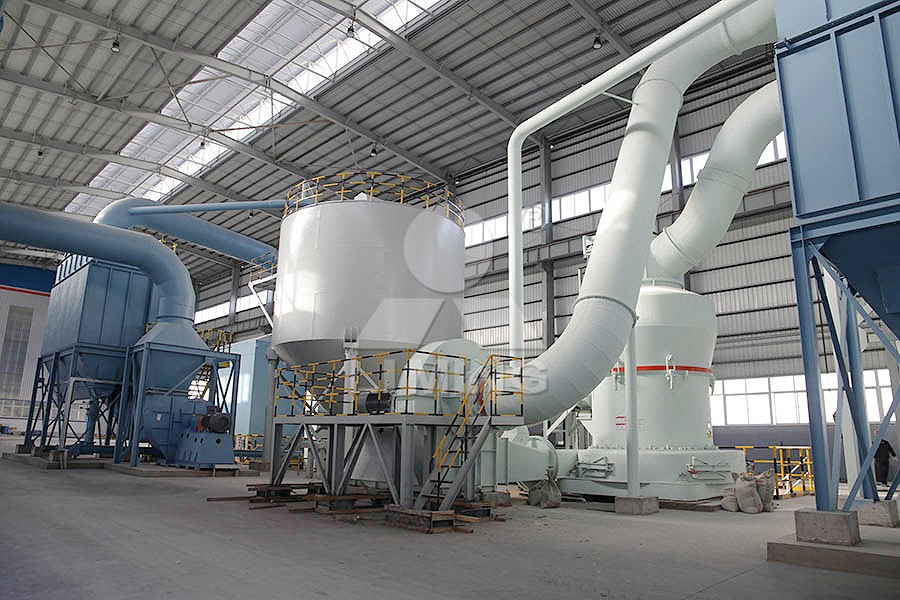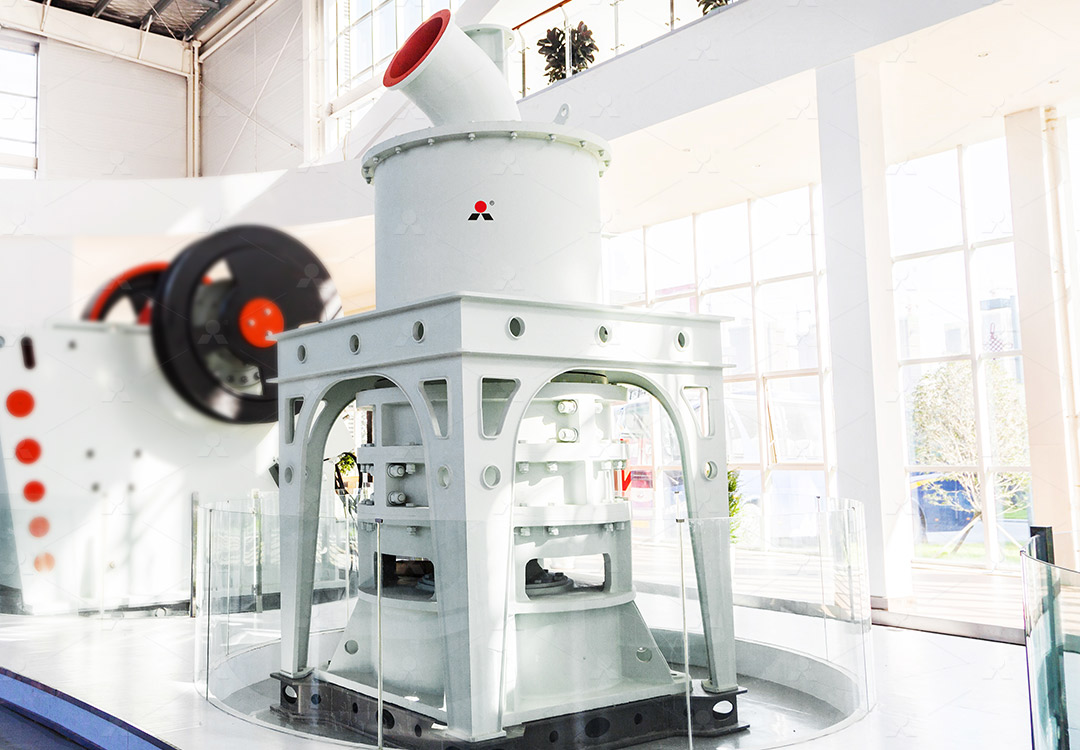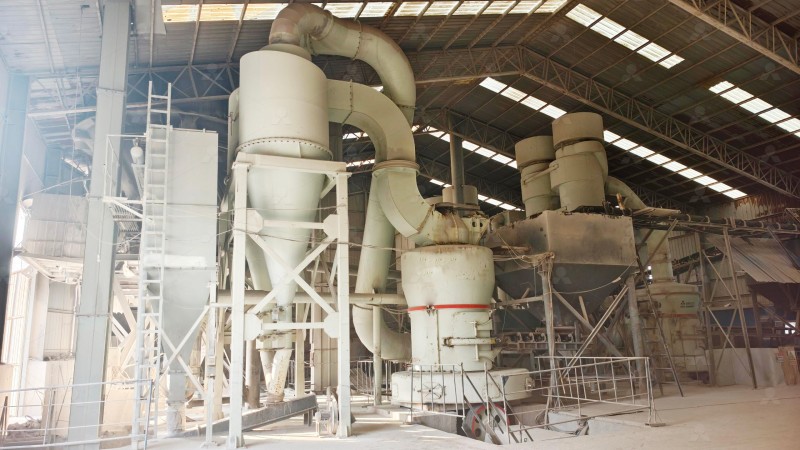Where to Buy Industrial Raymond Mill Equipment: A Comprehensive Guide
Navigating the Industrial Grinding Equipment Market
For plant managers and procurement specialists seeking reliable grinding solutions, finding the right industrial Raymond mill equipment can be challenging. The market offers numerous options, but identifying equipment that balances performance, efficiency, and long-term value requires careful consideration of several technical factors.

Modern grinding operations demand more than just basic particle size reduction. Today’s industrial requirements call for equipment that delivers consistent fineness, energy efficiency, and minimal environmental impact. Understanding your specific material characteristics, production capacity needs, and final product specifications is crucial before making any purchasing decisions.
Key Considerations When Selecting Grinding Equipment
Before investing in any grinding system, evaluate these critical parameters: material hardness, required throughput, desired particle size distribution, moisture content, and abrasiveness. Additionally, consider the total cost of ownership, including maintenance requirements, spare parts availability, and energy consumption patterns.
The traditional Raymond mill has evolved significantly, with modern iterations offering enhanced features that address contemporary industrial challenges. While the basic working principle remains similar – materials are ground between rollers and grinding rings – technological advancements have dramatically improved efficiency and operational reliability.
Advanced Grinding Solutions for Modern Industry
For operations requiring ultra-fine powder production, the MW Ultrafine Grinding Mill represents a significant technological advancement. With an input size capacity of 0-20 mm and throughput ranging from 0.5 to 25 tons per hour, this equipment is engineered for customers who need to make ultra-fine powder efficiently. The machine incorporates an efficient pulse dust collector and muffler system, effectively reducing both dust emissions and operational noise.

What sets the MW Ultrafine Grinding Mill apart is its innovative design that eliminates rolling bearings and screws within the grinding chamber. This engineering decision prevents common failure points and eliminates machine damage problems caused by loose fasteners. The external lubrication system allows for maintenance without shutdowns, enabling continuous 24-hour production cycles.
Technical Superiority in Fine Powder Production
The MW series demonstrates remarkable efficiency gains, delivering 40% higher production capacity compared to jet grinding mills and stirred grinding mills at equivalent fineness and power consumption. When compared to traditional ball grinding mills, the yield improvement reaches an impressive 100% increase. Meanwhile, system energy consumption is reduced to just 30% of what jet grinding mills typically require.
Another standout feature is the adjustable fineness range between 325-2500 meshes, achieved through German cage-type powder selector technology. This system ensures precise powder separation and can be configured with multi-head selectors to meet specific yield, fineness, and sieving rate requirements. The equipment consistently achieves screening rates of d97≤5μm in a single pass.
Strategic Equipment Selection for Specific Applications
Different industrial applications demand tailored grinding solutions. For operations processing materials like limestone, calcite, dolomite, petroleum coal, gypsum, barite, marble, talc, and various chemical industry powders, the application-specific design of modern grinding equipment becomes particularly important.
The digitalized processing employed in manufacturing these mills ensures high precision, especially for core components. With tens of lines of numerical controlling machine tools handling operations like steel plate cutting, bending, planing, milling, and paint spraying, the resulting equipment offers exceptional reliability and consistent performance.

Ensuring Long-Term Operational Reliability
Beyond initial performance, sustainable operation requires comprehensive support. Manufacturers that cover both production and sales can take full responsibility for their equipment, offering technical services and genuine spare parts to ensure worry-free operation. This integrated approach prevents downtime and maintains production efficiency throughout the equipment’s lifecycle.
The environmental compliance of modern grinding systems cannot be overlooked. With efficient pulse dust collectors ensuring no dust pollution during operation, and silencers with noise elimination rooms reducing acoustic impact, today’s equipment meets stringent national environmental protection standards while maintaining production efficiency.
Frequently Asked Questions
What maintenance requirements should I expect with modern grinding mills?
Modern designs like the MW Ultrafine Grinding Mill significantly reduce maintenance needs by eliminating rolling bearings and screws in the grinding chamber. External lubrication systems allow maintenance without shutdowns, while digital monitoring helps predict servicing needs before failures occur.
How does energy consumption compare between different mill types?
Advanced mills can reduce energy consumption by 30-50% compared to traditional equipment. The MW series, for example, uses only 30% of the energy required by jet grinding mills while delivering 40% higher capacity at the same fineness levels.
What particle size ranges can modern grinding equipment achieve?
Contemporary systems like the MW Ultrafine Grinding Mill offer adjustable fineness between 325-2500 meshes, with some configurations achieving d97≤5μm in a single pass. The exact range depends on material characteristics and specific equipment configuration.
How important is after-sales support when selecting grinding equipment?
Extremely important. Manufacturers offering comprehensive technical services, genuine spare parts, and operational support ensure long-term reliability and minimize production interruptions. This support structure is crucial for maintaining consistent product quality and operational efficiency.
